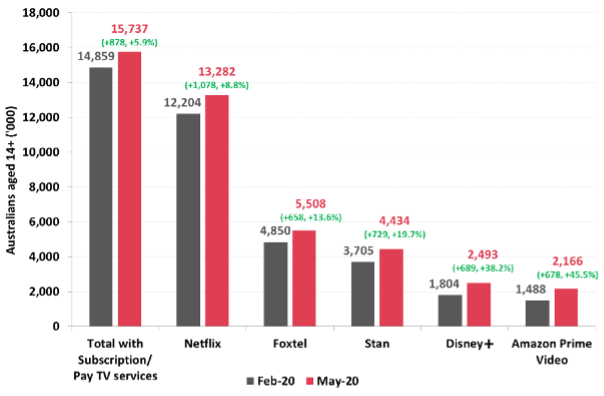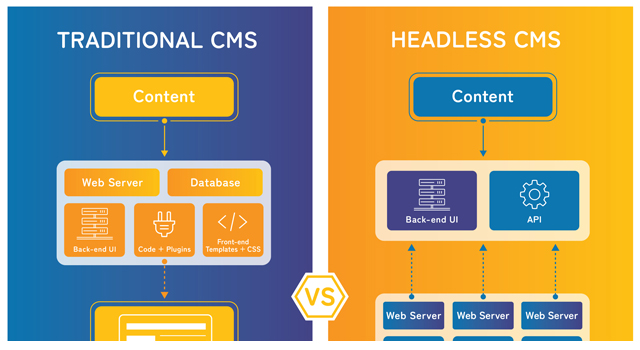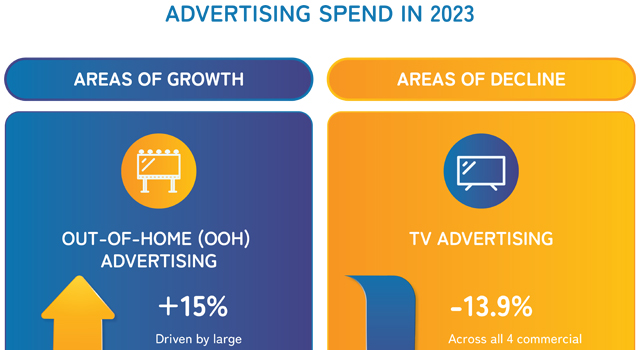As Australian’s were forced indoors into immediate and mandatory self-isolation in March, very few could have predicted how the COVID-19 pandemic would play out over the coming 12 months and the far-reaching effects it would have on economies, businesses, and consumer behaviour. One of the industries to benefit from this change is free-to-air television, with free to air TV ratings soaring.
According to Fetch viewership data, free-to-air news viewership spiked over 200% in mid-March. This was coupled with increased viewership overall, with users watching an additional hour per day of television despite mainstay programming disruptions to live sport and reality shows. Mumbrella reported that Nine News received its highest rating bulletin since 2015 at the beginning of the pandemic and a Seven News bulletin was the most-watched news program of the year with 1.38m metro viewers tuning in.
Subscription TV and streaming services also received strong boosts in viewership corresponding with the stay-at-home orders being issued. Data from Roy Morgan shows that 15.74 million Australians now have access to a subscription TV service (including streaming), representing a growth of 878,000 (+5.9%) people between February and May 2020.

1. Mumbrella https://mumbrella.com.au/news-coverage-spiked-300-following-melbourne-covid-19-outbreaks-according-to-new-fetch-data-637325
2. Mumbrella https://mumbrella.com.au/news-coverage-spiked-300-following-melbourne-covid-19-outbreaks-according-to-new-fetch-data-637325
3. Roy Morgan http://www.roymorgan.com/findings/8472-subscription-pay-tv-services-may-2020-202007200704
A report by Price Waterhouse Coopers showed that Broadcast video on demand (BVOD) growth continued, with a 31% increase year-on-year for the period January to June 2020[1]. Consumption increased on all devices, but this was most notable on Connected TVs, which saw an increase of 55% from the same period year-on-year. Top-performing shows included fan favourites Married at First Sight, Masterchef, Love Island and Big Brother.
Yet despite the increased viewership across linear TV, SVOD and BVOD, the Standard










